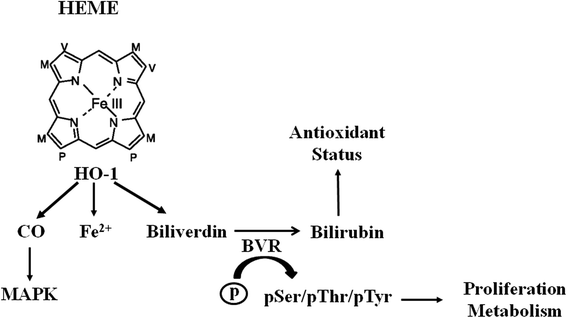Heat shock proteins and hormesis in the diagnosis and treatment of neurodegenerative diseases
- PMID: 26543490
- PMCID: PMC4634585
- DOI: 10.1186/s12979-015-0046-8
Heat shock proteins and hormesis in the diagnosis and treatment of neurodegenerative diseases
Abstract
Modulation of endogenous cellular defense mechanisms via the vitagene system represents an innovative approach to therapeutic intervention in diseases causing chronic tissue damage, such as in neurodegeneration. The possibility of high-throughoutput screening using proteomic techniques, particularly redox proteomics, provide more comprehensive overview of the interaction of proteins, as well as the interplay among processes involved in neuroprotection. Here by introducing the hormetic dose response concept, the mechanistic foundations and applications to the field of neuroprotection, we discuss the emerging role of heat shock protein as prominent member of vitagene network in neuroprotection and redox proteomics as a tool for investigating redox modulation of stress responsive vitagenes. Hormetic mechanisms are reviewed as possibility of targeted therapeutic manipulation in a cell-, tissue- and/or pathway-specific manner at appropriate points in the neurodegenerative disease process.
Keywords: Alzheimer’s disease; Bilirubin; Heat shock proteins; Heme oxygenase; Neurodegenerative disorders; Oxidative stress; Vitagenes.
Figures



References
Publication types
LinkOut - more resources
Full Text Sources
Other Literature Sources

